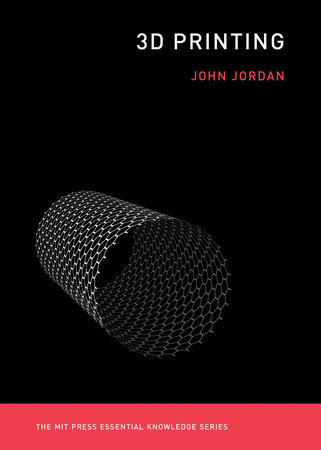Book Details

Jordan outlines the stages of 3D printing, from idea to software model to a printable file that slices the planned object into printable layers to the finished object itself. He describes additive technologies, consumer 3D printing in homes and schools, mass customization (which can create tens of millions of unique items), and industrial uses. Jordan explains that although 3D printers have not become the ubiquitous home appliance once predicted, they are making inroads into mass markets; and he discusses the business factors that may hinder industry adoption of 3D printing technologies. He considers the possible unintended consequences of 3D printing on jobs, as companies scramble to find employees with an uncommon skill set; on business models and supply chains, as manufacturing is decentralized; and on patent law, as machines can be programmed to copy protected property. Finally, Jordan looks at new and emerging uses, including bioprinting, building construction, and micromachines.
1. Introduction
2. From CAD (or Reality) to Reality: The Design and Build Process
3. The Evolution of an Idea: A Brief Typology of 3D Printing
4. 3D Printing in Consumer Markets
5. Industrial Uses
6. Implications
7. Frontiers
8. Conclusion
Glossary
Additional Resources
Notes
Index

The Faithful Shepherd : A History of the New England Ministry in the Seventeenth Century, With a New Introduction
Popular Picks on the Month













